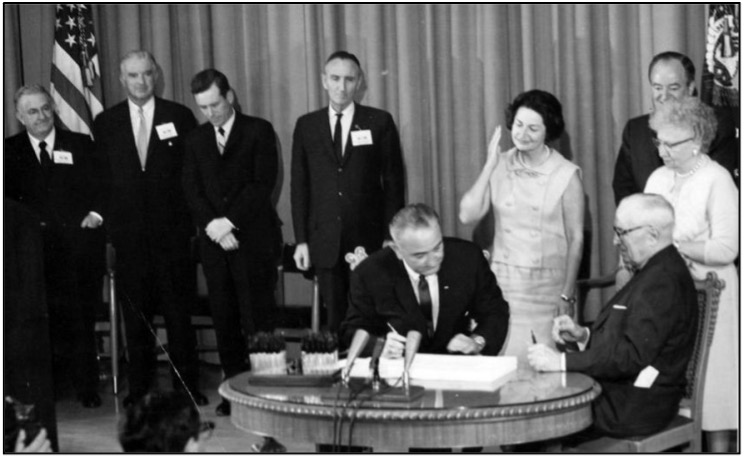Did you know you can sell all or a portion of a life insurance policy, even term insurance?
Looking into selling a life insurance policy? Life settlements are an excellent choice for individuals who have a policy that they no longer want or need. But how much is a life settlement worth? How do companies calculate the worth of a policy? There are many factors that go into a life settlement offer, including the policy holder’s age, health, the policy type and size, premium cost, and the life insurance issuer. Let’s review these factors and more to see just how much a policyholder can receive from a life settlement.

A policyholder could receive anywhere between 10% to 35% of the amount that would be paid when they die. On average, policyholders receive an upfront cash settlement that equals 20% of their life insurance policy death benefit. The larger the life insurance policy size, the larger the life settlement offer.
This means that an average life settlement offer on a $100,000 policy may be around $20,000 and an average offer on a $1,000,000 policy may be around $200,000.
There are a number of factors that affect the amount that a policyholder could be offered, including:
- Age of the Insured
- Health of the Insured
- Policy Type
- Policy Size
- Premium Costs
- The Life Insurance Issuer
- The Buyer’s Risk Profile
Here is a table that shows an example of how health status could affect the amount a policyholder could receive for their policy in a life settlement. The exception would be an insured in their early 80’s or older that is healthy, could still qualify to sell their policy.
Health Condition Type of Health Condition Value of Policy
Very Healthy No chronic conditions Not eligible for sale
Some Medical Issues Chronic but manageable conditions 10-25% of death benefit
such as hypertention
Serious Medical Conditions Severe conditions such as cancer 25-35% of death benefit
Do I have to pay taxes if I sell my life insurance policy?
Possibly. Some of the money a policyholder could receive from a life settlement may be taxed as income or capital gains. Just like the sale of any other asset, a policyholder would likely have to pay taxes on the money they receive from a life settlement above their basis in the policy. The death benefit of a life insurance policy is tax-free to your beneficiaries.
How old do you have to be to sell your life insurance policy?
Although there is no set age range to sell your life insurance policy, you do have to qualify to sell a policy. To be eligible to sell your life insurance policy, it is best to be over 65 years of age or have a serious medical condition. Most often the insured has a life expectancy of 15 years or less.
When would I get paid when selling a life insurance policy?
A policyholder would receive payment as soon as the necessary documents have been signed and the insurance company provides written confirmation that the owner and the beneficiary on the policy have been changed. It’s important to note that when selling a life insurance policy, the policyholder forfeits any money that would normally be paid when they die.
Life settlements may not work for everyone, but they’re a valuable option that many people don’t consider. If you have a life insurance policy that you’re planning to surrender, consider a life settlement. It might provide you with a valuable alternative.






